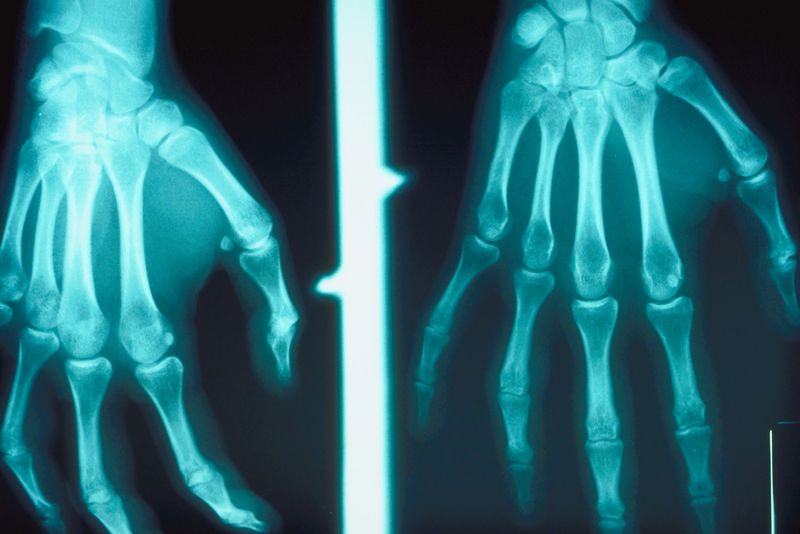FRIDAY, Aug. 12, 2016 (HealthDay News) — For reducing pain from arthritic knees, “unloading” shoes don’t offer a leg up over conventional walking shoes, new research indicates.
With their modified midsoles, unloading shoes aim to reduce the force (or “load”) placed on an affected knee joint, according to their manufacturer.
But after focusing on one brand — the “Gel Melbourne OA” shoe by Asics — the Australian researchers concluded the special shoes were no better for knee arthritis than standard lace-up footwear.
“With its specific design features, [the unloading shoe] does significantly reduce the forces acting across the inner compartment of the knee joint,” said study lead author Rana Hinman.
But its users didn’t report greater pain relief than those wearing new regular walking shoes, said Hinman, an associate professor of physiotherapy at the University of Melbourne.
Among study participants, both types of shoes led to significant pain relief and improved physical function, leading Hinman to wonder if readily available, new, supportive lace-up shoes should be the recommended footwear for now.
Knee osteoarthritis is a “wear and tear” condition, in which the cartilage of the knee joint wears away over time.
The resulting pain, swelling and stiffness can seriously impede walking, climbing and completion of everyday tasks. The condition is common after age 60.
Because there is no cure, treatment primarily centers around lifestyle recommendations. Those include avoiding painful activity when possible; engaging in relatively low-impact exercise, such as swimming; and weight loss.
Heat, ice, pain relief creams and anti-inflammatory medications may also help, as might physical therapy designed to improve flexibility and motion range. In severe cases, patients undergo invasive knee surgery ranging from joint-lining removal to partial or total knee replacement.
Clinicians also often recommend using a cane, knee brace and/or standard walking shoes.
According to the manufacturer, unloading shoes are equipped with stiffer-than-normal soles, and sometimes shock-absorbing inserts. The goal is to reduce overall knee load by repositioning the foot while walking, in this case by encouraging an inward roll (pronation).
The current investigation focused on 160 knee arthritis patients, aged 50 years and up.
For six months, half the participants were randomly assigned to wear the Asics Gel Melbourne OA unloading shoe. Hinman said it retails in Australia for roughly $135 in U.S. dollars. The other half wore a conventional Asics shoe with no unloading features.
After half a year, about 54 percent of each group experienced “improved pain” levels. Also, 48 percent in the conventional shoe group said physical function had improved versus 44 percent of those wearing the uploading shoes.
The findings were published recently in Annals of Internal Medicine.
Marian Hannan, co-author of an accompanying journal editorial, suggested more research is needed to determine what type of shoes might best benefit which arthritis patients.
“We need to figure out how shoes work, since they will probably not be [one-size-fits-all] due to different lower limb biomechanics and also differing responses/reporting of pain,” said Hannan, a professor of medicine at Harvard Medical School in Boston.
More information
There’s more on knee arthritis at the American Academy of Orthopaedic Surgeons.
Copyright © 2025 HealthDay. All rights reserved.

